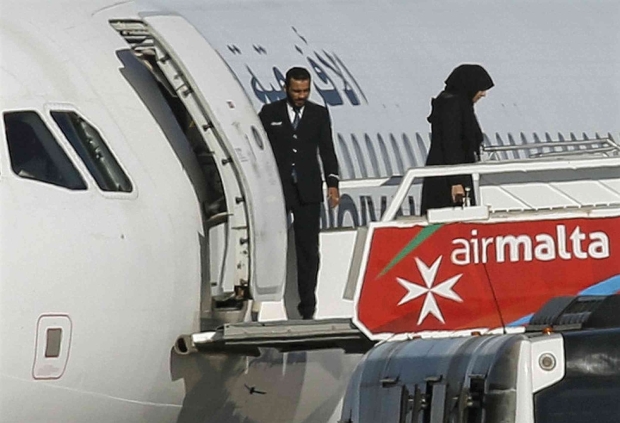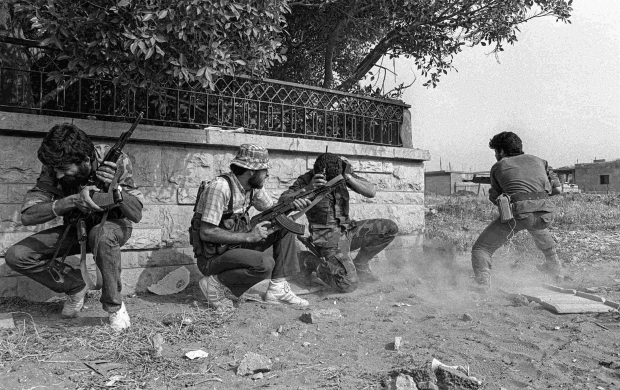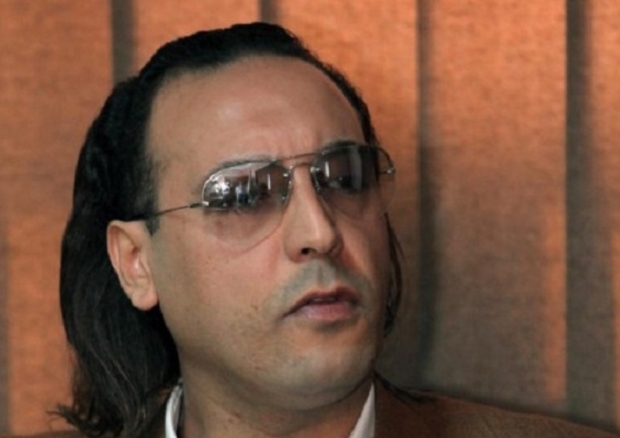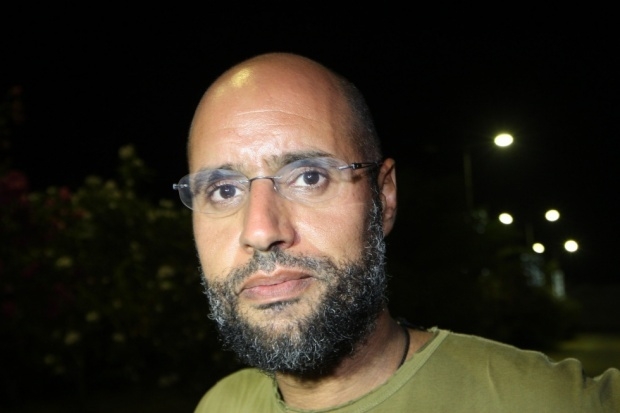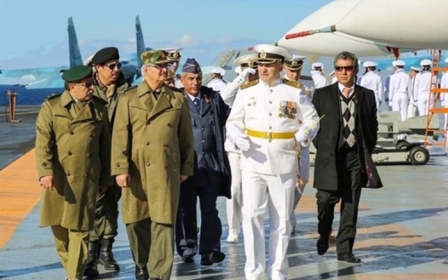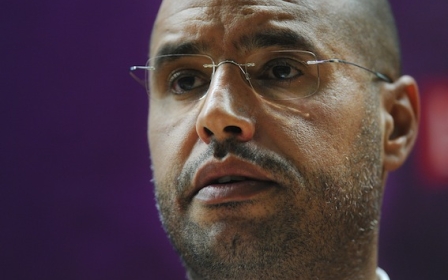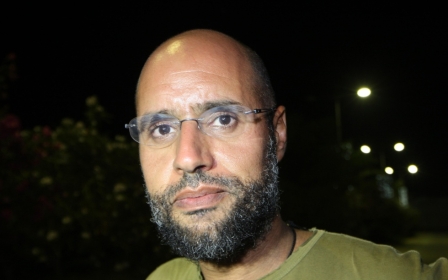The case of Gaddafi's playboy son and the missing imam
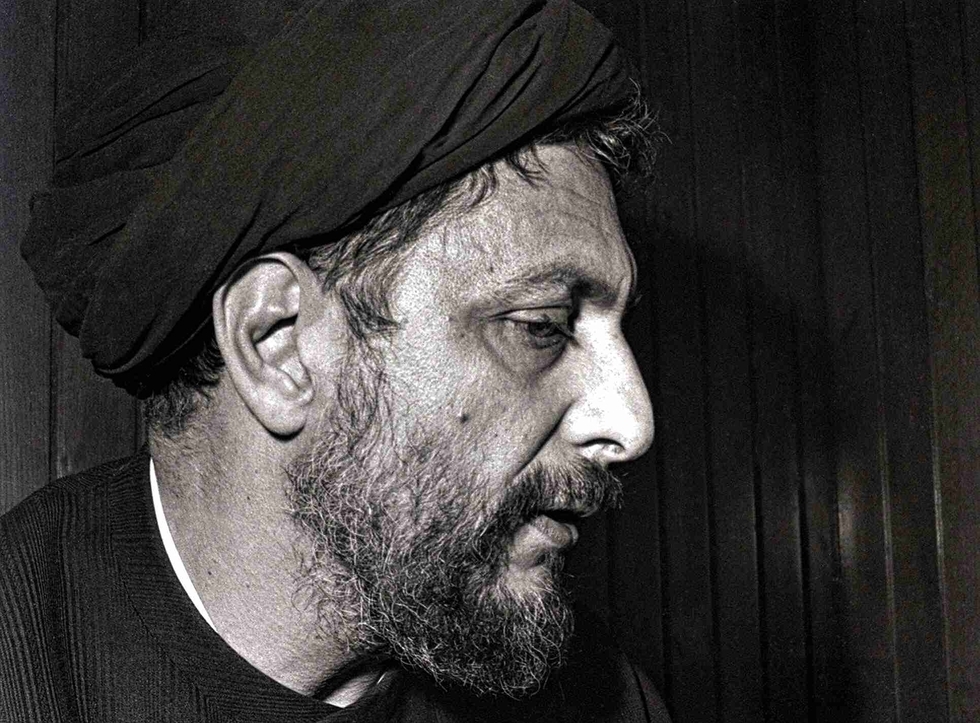
When two Libyan men hijacked Afriqiyah Airways Flight 209 last December from Sabha to Tripoli and diverted it to Malta, they interrupted the shooting of the film Entebbe, which was taking place at Malta International Airport.
The drama depicts the infamous seizure of an Air France flight to the Ugandan town of Entebbe by the Popular Front for the Liberation of Palestine in 1976, during an era when hijackings were weekly events: that Flight 209 landed close to the film set highlighted how such hijackings have become virtually obsolete as a militant tactic since the early 2000s.
The hijackers wanted the release of Hannibal Gaddafi, the former dictator’s playboy son. But why was he the subject of a political hijacking?
The two hijackers, Suhah Mussa and Ahmed Ali, were supporters of the former Libyan ruler Muammar Gaddafi, who was killed in 2011.
From the plane they waved the green flag of the Jamahiriya, the political system installed and led by Gaddafi. They also demanded asylum in Europe and permission to found a pro-Gaddafi party.
But above all, the hijackers wanted the release of Hannibal Gaddafi, the former ruler’s playboy son, who is currently detained in Lebanon and most notable in the past for attracting the wrong sort of headlines.
In 2001 he brawled with police officers in Rome. In 2004 he made headlines in Paris for driving his Porsche at 90 miles an hour on the wrong side of the Champs-Elysées. In 2005 he was arrested for allegedly beating up his pregnant girlfriend and breaking furniture at two Paris hotels. And in 2008 he was arrested and indicted by Swiss authorities after reportedly beating two domestic servants in a luxury hotel in Geneva.
Hannibal Gaddafi is the dictator’s fifth son. So why was he the subject of a political hijacking?
The case of the missing imam
The events in Malta were but the latest chapter in a four-decade feud between the Gaddafi clan and pro-Shia groups in Lebanon.
It begins with the case of the “vanished imam”. During the 1970s, Musa Sadr was the spiritual leader of the Shias in Lebanon, then the most politically and economically marginalised group in society.
'It's a blessing to have this diversity of sects in Lebanon. But when there is strife among them, sectarianism is the worst thing for a country'
- Musa Sadr, imam
A charismatic scholar and talented political organiser, Sadr inspired the oppressed Shia farmers in south Lebanon to fight for their rights. A secularist, the Shia cleric was considered a moderate, who could come to an understanding with leaders of the country’s other religious and ethnic groups amid years of conflict. "It's a blessing to have this diversity of sects in Lebanon," Sadr used to say. "But when there is strife among them, sectarianism is the worst thing for a country."
READ: How the West lost Libya
In August 1978, Sadr disappeared during a visit to Libya, where he was invited to a meeting with Gaddafi, the country’s leader.
The details of his death and that of his two companions are unclear – but it is assumed that they were carried out on the orders of the Libyan ruler. After the fall of Gaddafi, Ahmad Ramadan, his right-hand man, confirmed as much in an interview.
Sadr’s disappearance led to an outcry in the Shiite world, whose nascent political awakening was just about to crystalise into the Iranian Revolution. It resulted in several kidnappings and bombings against Libyan diplomatic targets in Beirut as well as hijackings during the early 1980s by Amal, a political movement representing the Lebanese Shias, which Sadr co-founded in 1974.In December 1981, three hijackers took over a Libyan Arab Airlines Boeing 727 from Zurich to Tripoli. They eventually surrendered in Beirut. The hijackers’ demands were that they could report the case of the "vanished Imam" personally to the Ayatollah Khomeini and that the Iranian government ask Libya to investigate Sadr’s disappearance.
The Islamic republic might also have had another reason to reject the militants' demands. According to fresh research by Pulitzer Prize winner Kai Bird and Columbia University professor Andrew Scott Cooper, Ayatollah Khomeini or Imam Mohammed Beheshti, a close companion of the revolutionary leader, probably arranged Sadr’s assassination with Gaddafi.
READ: Why the Gaddafi loyalists are back
For many years, Sadr's followers could do nothing else than commemorate their idol in speeches, anniversaries and the like. With the fall of Gaddafi's regime in 2011, many hoped that the truth would be uncovered, even that the imam might be found alive in a Libyan prison. But the mystery continued.
Hannibal the hostage?
When the NATO-supported rebels took power in Libya in 2011, Hannibal Gaddafi fled first to Algeria, then found refuge as a “political refugee” in Oman before finally arriving in Syria.
According to Lebanese intelligence sources, it was from there that, in December 2015, he was lured to Lebanon in an elaborate scheme and kidnapped by associates of Amal, who apparently tortured him to give them information on the fate of the vanished imam.
Problem: Hannibal Gaddafi was only three at the time of Sadr’s death in 1978. This explains why Hannibal eventually appeared on Beirut-based TV station Al Jadeed, urgently pleading in a video for anyone who might be aware of Sadr’s fate to come forward.
There is an irony that in 2016 Gaddafi loyalists chose a hijacking – the tactic used by Musa Sadr’s followers against the Libyan regime – to try and free Hannibal Gaddafi. But it has not been the only attempt to set Gaddafi free.
A “European humanitarian delegation” travelled to Lebanon in late November to protest against the detention of Gaddafi, led by Prince Sixtus Henry of Bourbon-Parma. There was also an ostentatious press conference in Geneva on 15 December. It is alleged by Ian Hamel, a French journalist, that both events were most probably paid for by Hannibal’s sister Ayesha Gaddafi, who now has political asylum in Oman.
During a court session on 13 January, Hannibal said his father was innocent of Sadr’s assassination and promised to contact “key figures who were in power in Libya at the time to end the case”, on condition of his immediate release, according to the Lebanese newspaper Al-Akhbar. "I am ready to cooperate in the case," Hannibal reportedly promised.
Jalloud is the last surviving leader of Libya’s 1969 revolution and was the second most powerful member of the regiome for two decades before falling out with Gaddafi. Koussa, like Jalloud, defected during the 2011 uprising.
Hannibal Gaddafi’s allegations may be an act of revenge.
Green resurgence in Libya
Attempts to free Hannibal come at a time when the green flag of the Jamahiriya, waved from that hijacked plane in Malta, has been seen more frequently on the ground in Libya, a testament to the resurgence of the Gaddafi ideology in the face of the country's dramatic political and economic collapse.
After the fall of Gaddafi in 2011, forces loyal to the dictator were excluded from the political process. The new rulers quickly enacted laws, making public support for his beliefs a punishable offense. Thousands of suspected and actual sympathisers were arrested: many of them were tortured, according to Amnesty International.
But since 2015, larger pro-Gaddafi protests have taken place, especially in Sabha in southwestern Libya, from where Flight 209 departed. Gaddafi followers are increasingly joining the Libyan National Army, led by General Khalifa Haftar, who has considerable sway in eastern Libya.
Franck Pucciarelli, a spokesman for a pro-Gaddafi group based in Tunisia, recently asserted: “We have the capacities to organise a popular uprising and if chaos is installed in Libya, this will be the result of our actions."
While Hannibal seems ill-suited for carrying on the Gaddafi legacy, considering his personality and former lifestyle, his older brother Saif al-Islam is seen as a likely leader of this green resistance, which could be reinforced by a substantial number of returning Libyan refugees, especially from Tunisia and Egypt.
READ: How Saif al-Islam became a bargaining chip
The statesman-like Saif inspired the resistance against the rebels during the 2011 civil war and can move freely around the north-western city of Zintan.
Last summer, his lawyer Marcel Ceccaldi announced that Gaddafi's favourite son wanted to “contribute to the political unification of Libya” and “fight against terrorism”.
The supporters of the Jamahiriya may have to be reckoned with in 2017 - but, for the time being at least, Hannibal Gaddafi stays in detention.
This article is available in French on Middle East Eye French edition.
New MEE newsletter: Jerusalem Dispatch
Sign up to get the latest insights and analysis on Israel-Palestine, alongside Turkey Unpacked and other MEE newsletters
Middle East Eye delivers independent and unrivalled coverage and analysis of the Middle East, North Africa and beyond. To learn more about republishing this content and the associated fees, please fill out this form. More about MEE can be found here.


